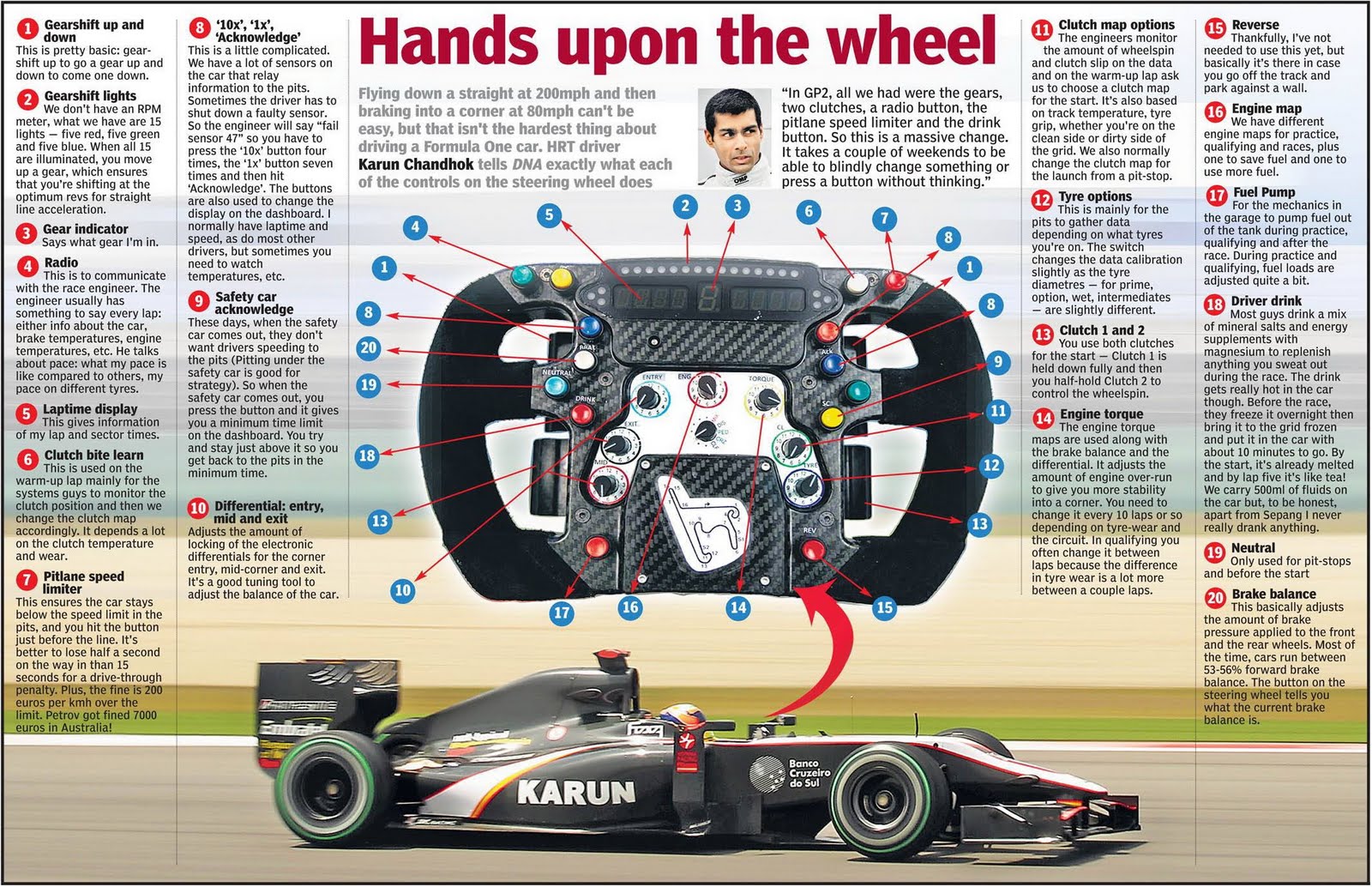
Many people have the question of how do F1 drivers lose weight during a grand Prix. Well, I am sure most of you are already aware of this because it is one of the hot topics in every motor sport, especially the ones that involve big budget car racing. Weight loss is something that drivers and their trainers should know about, if they want to make the most of their training. There are a lot of things that drivers can do in order to achieve a leaner and meaner body while experiencing all the benefits that come with it.
When it comes to the question on how do F1 drivers lose weight, there is actually a lot that they should know about the whole process. For instance, they should know that not all Formula 1 teams allows their drivers to drink water prior to the race. Most of them, including some of the big spenders like Ferrari and Mercedes allow their drivers to drink water in the pit area, and if they need to eat food, they can eat as much as they want during the break. Of course, drinking water is important because it helps flush the body out, but eating food is also beneficial, especially for those drivers who are leading a very long race.
If a driver loses a lot of weight during a Formula 1 race, then he may have developed kidney stones, or high blood pressure. This is why it is very important that the driver reduces his intake of caffeine and alcohol, as these substances are not good for him when at race pace. Other elements that Formula 1 drivers should look into include exercising more and watching what they eat. Another thing to consider is a diet pill that can help slim the body down. As long as it is safe, there is nothing wrong with taking one of these pills, which will help the driver reduces his body weight without sacrificing his physical endurance and strength during the race.
How long do f1 engines last?
One of the most frequently asked questions in Formula 1 racing is how long do F1 engines last? The answer, unfortunately, is not very long. This is mainly due to the fact that all teams have very similar technical regulations which dictate the exact performance and maintenance requirements of each of their cars. For instance, cars now feature air-to-air flaps as opposed to the previous versions which used fuel vents. Furthermore, the cars are also fitted with different fuel tanks which need to be constantly refilled with fresh fuel (hence the term ‘fuel injection’) in order to provide the maximum amount of power and as efficiently as possible. The end result is that as cars have similar technical specification, their engine powers can vary quite drastically, depending on how they are designed and implemented.
When it comes to durability in motorsport, there is little doubt about it: as long as a team is able to properly prepare and use its car, it has virtually no chance of suffering any failures. However, how long do F1 engines last? This is largely dependent upon the type of engine – in general, the longer the time between revs, the better the valve springs of a particular motor will be. The quality of the materials used and the manufacturing techniques employed are also highly influential in determining how long a Formula one engine will last.
Although some manufacturers (including Ferrari and Mercedes) are fast becoming recognised for their high-quality engines and design philosophies, the majority of teams rely on established, proven strategies and engineering. As such, many Formula One teams have adopted advanced and cutting-edge methods of achieving victory, but these innovations rarely translate into lower lap times. In contrast, new designs and innovative parts have been proven to dramatically improve lap times, although this usually requires more time and testing than most teams have available. As such, the most effective way to get the best out of your Formula One engine is to stick with the tried and tested – and that’s what you should do if you want to enjoy your race day experience.

Do f1 cars have pedals?
The most important question when you are a new enthusiast of the motor sport is “Do F1 cars have pedals?” Many people ask this kind of question, as the first and most important step to owning your own go kart is the purchase of a kart; an all-terrain vehicle that’s designed to be taken to a race track. Go karts (and racing) are one of the most popular hobbies in the world today; in fact they are becoming more popular with each passing year. However, it wasn’t so long ago when karts were just a hobby for those who had the money to spend and who enjoyed the prestige of racing them at local tracks. However, in recent years there has been a serious surge in interest for racing go karts and many people are now looking to get involved in this fast-paced sporting activity.
A common misconception about motor-bikes is that they don’t have brakes and that they are quite dangerous, but this isn’t the case at all. Motor-bikes are completely legal in most countries throughout the world, and a common misconception is that riders on motor-bikes cause more accidents than drivers of cars and vans combined. It’s true that you’re going to have a higher speed than someone driving a car or van; however, there are also many other things that slow you down such as passing lanes, uneven roads and hills etc. So the bottom line is, even though you will likely reach a top speed a lot faster than someone driving a normal vehicle, your chances of having an accident are much lower than a comparable driver of a normal car or van.
If you’re looking to join the fastest racing series on the planet, then the answer is a definite yes. The Indycar circuit is located in Indianapolis, Indiana and there are several different classifications for drivers of both cars and bikes to take part in. Each class is designed to test the driver’s ability to handle different track conditions, the ability to race under various conditions and last but not least, the speed you can reach! As you can see, there are a lot of advantages to being involved in the Indianapolis Motor Speedway Grand Prix; this is why so many professionals from around the world are attracted to participate.

